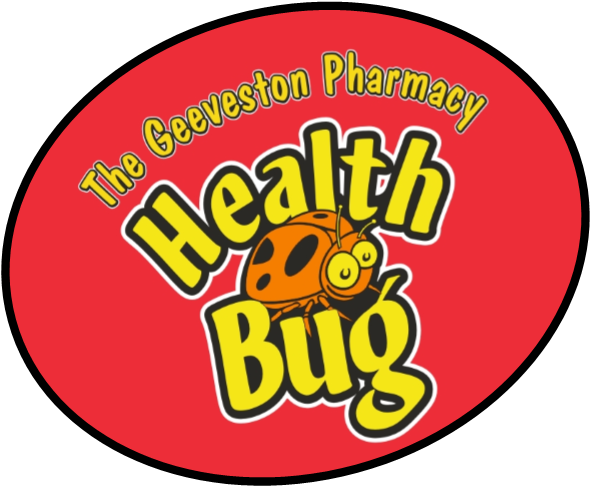 A few weeks ago, I was lucky enough to get a few days off from work for the first time since the pandemic started.
A few weeks ago, I was lucky enough to get a few days off from work for the first time since the pandemic started.
A quick trip up the East Coast, accommodation sorted, kids packed up ready for fun, weather not so good but we were all in good spirits.
After a full-on day travelling, eating and then sleeping in a not-so-comfortable bed I woke at 4am to an excruciating pain that started in the lower back and headed down both of my legs.
This was the start of an interesting 48 hours of no sleep with the condition known as sciatica.
Sciatica refers to the pain that travels down the sciatic nerve from the lower back, through the hips and buttocks and down either or both legs.
It is caused by an irritation, inflammation, pinching or compression of this nerve.
The most common cause is due to a slipped or herniated disc but can have other medical causes such as osteoarthritis, spinal stenosis or physical injury.
Sciatic pain can occur suddenly or over a longer period of time, can be moderate to severe in intensity and can involve one or both legs.
The pain can be accompanied with numbness or weakness in the lower back, buttock or down the leg, the pain worsens on movement, and you may experience a pins and needles feeling in your legs, feet or toes.
Sciatica usually resolves without aggressive medical treatment.
Symptom relief with over-the-counter anti-inflammatories, hot and cold packs and performing gentle stretching exercises in most cases can make sciatica bearable until the condition resolves.
If self-care options do not provide relief, the pain is excruciating, you lose bowel or bladder control or the pain remains after several weeks, a visit to your local GP for further evaluation is highly recommended.
Your GP can order scans, prescribe stronger analgesics and diagnose the cause of your pain and hopefully provide a treatment to the cause.
So, for me the holiday ended well.
Not too much screaming from the kids, a back that was a little tender but was feeling a lot better with a refreshed brain ready to tackle the ongoing challenges of rural community pharmacy.


